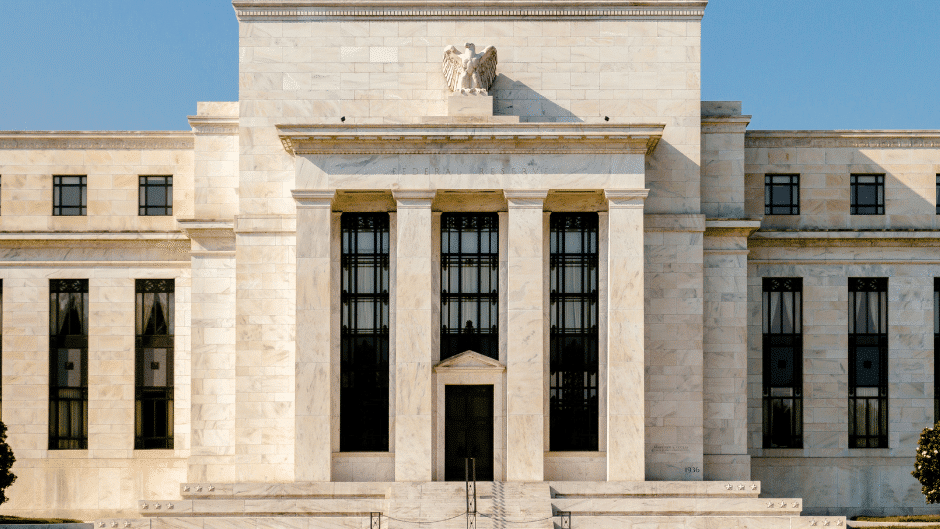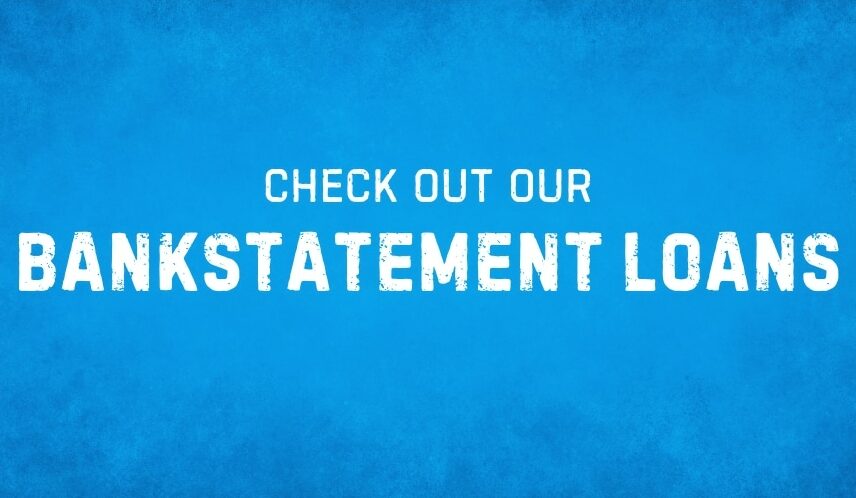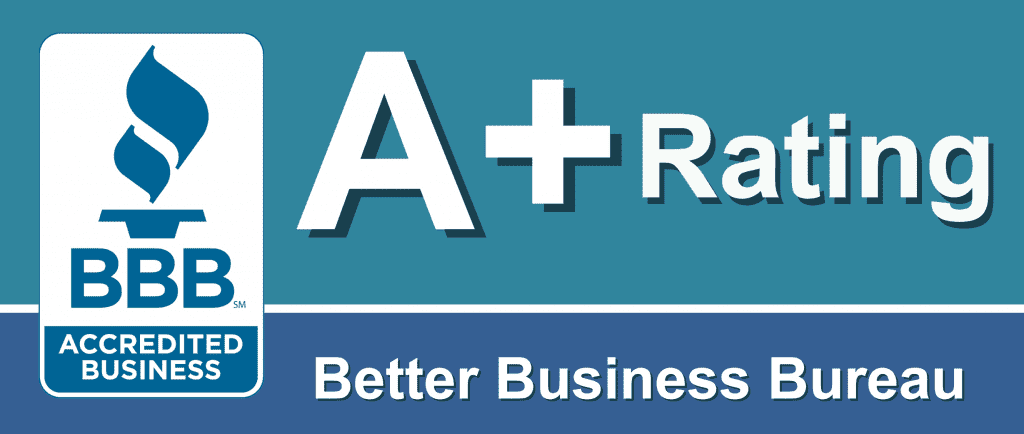
Does The Fed Set Mortgage Rates?
The Fed does not set mortgage rates, but the Fed does influence the market where most mortgage rates originate, which is the Mortgage Backed Securities (MBS) market. MBS, and ultimately mortgage rates, are also impacted by specific economic reports (domestic and international), geopolitical events, a bank’s internal cost structure, profit margins, and loan volume levels.
What is the Fed?
The Fed, officially named the Federal Reserve, is the United States central bank that Congress established on December 23, 1913. The purpose of the Fed is as follows;
- Establishing and implementing United States monetary policy by “influencing” money and credit conditions to obtain full employment and “stable prices.”
- Supervise and regulate banks and other lending institutions along with “protecting the credit rights of consumers.”
- Maintain the stability of the United States financial system.
- Provide financial services and “overseeing the nation’s payments systems.”
The Fed is the most powerful economic body in the world. What the Fed says and does impacts not only domestic markets but also international markets as well.
The Federal Reserve is made up of three main entities;
- The Federal Reserve Board of Governors
- Twelve Federal Reserve Banks
- The Federal Open Market Committee
The person who heads the Fed is “Chair of the Board of Governors.” The Chairperson has enormous power and influence. Some even consider the Chair of the Board of Governors one of the most powerful people in the world.
Do You have a question or need a quote?
Contact KevinLow rates, fast closings, and exceptional service.
How does the Fed impact mortgage rates?
Here are the two main ways the Fed impacts mortgage rates.
- Rhetoric and Policy
- Bond purchases or bond sales
How Fed Rhetoric and Policy Impacts Mortgage Rates
The Federal Open Market Committee (FOMC) meets roughly every six weeks. They examine recent economic reports and financial decisions. The committee then decides the Fed’s overall view of the economy, the rhetoric they want to communicate to investors and policy initiatives.
The policy initiatives, or lack of policy initiatives, implemented at the FOMC can influence investors who buy Mortgage Backed Securities. Within Fed policy decisions is what to do with the Fed Funds rate. They have three options, lower, unchanged, or higher.
If the FOMC decides to raise the Fed Funds rate, that is generally viewed as a negative, bonds sell-off, and mortgage rates tend to move higher (if the policy was not expected). If the Fed Funds rate is lowered and the market is not anticipating that move, bonds rally, and mortgage rates tend to move lower.
If there are no policy changes and/or the FOMC acts in accordance with what the market was expecting, bonds tend to have a little reaction, and mortgage rates generally remain flat post-meeting.
It’s important to remember that sometimes the MBS market ignores or does the opposite of what normally happens when reacting to Fed policy.
For example, in late 2018, the Fed raised the Fed Funds rate and remained hawkish heading into 2019. Mortgage bonds rallied During the next nine to ten months, and mortgage rates moved lower.
What Is Quantitative Easing, Quantitative Tightening, And How Does It Impact Mortgage Rates?
Quantitative Easing (QE) is when a central bank makes significant purchases of government debt, and other liquid assets, such as Mortgage Backed Securities, to push interest rates lower and increases the money supply. When a central bank purchases government debt, it allows investors to put their money to work elsewhere in the economy.
When the Fed is active in the MBS market, bonds rally, and mortgage rates fall. As of January 2023, the Fed owns $2.6 trillion in Mortgage Backed Securities.
Quantitative Tightening (QT) is typically associated with the Fed selling the assets they purchased during QE. During QT, mortgage rates tend to move higher.
What is the Mortgage Backed Securities market?
Most mortgage rates originate in the Mortgage Backed Securities market. MBS is a bond market where traders buy and sell mortgage bonds (within each mortgage bond, there are hundreds or thousands of mortgage loans).
If there are more buyers than sellers, mortgage rates tend to move lower. If there are more sellers than buyers, mortgage rates tend to move higher. This is a very basic overview of Mortgage Backed Securities, and the actual day-to-day movement is much more complicated.
If you want more information and details about MBS, I highly suggest you visit Mortgage News Daily. This is the best website online for detailed information about Mortgage Backed Securities.
Do All Mortgage Rates Originate In The Mortgage Backed Securities Market?
No. Some lenders offer “portfolio loans,” such as Bank Statement Mortgage Loans or Jumbo home loans, that are based on a lender’s deposit base and/or cost structure.
Since these loans are not actively sold to another investor, the Mortgage Backed Securities market has a limited influence over these mortgage rates.
Do You have a question or need a quote?
Contact KevinLow rates, fast closings, and exceptional service.
What else impacts mortgage rates?
Here are some additional reports, events, and items that can impact mortgage rates.
Key Economic Reports That Impact Mortgage Rates
There are three main economic reports that impact mortgage rates. They are the monthly BLS Employment report, the Consumer Price Index (CPI) Report, and the Personal Consumption Expenditures (PCE) price index.
BLS Employment Report
The BLS Employment report is issued on the first Friday of each month (BLS stands for Bureau of Labor and Statistics). BLS is a government organization that gathers economic data, analyzes the gathered data, and issues a report.
Within the BLS Employment report, there are four key components. Employment rate, earnings, hours worked, and total number of jobs created. A strong BLS Employment report is bad for mortgage rates, and a weak BLS Employment rate is good for mortgage rates.
Consumer Price Index
The Consumer Price Index is another report issued by the Bureau of Labor and Statistics. It’s one of two main measures of inflation the Fed uses when making monetary decisions. The monthly report measures energy, food, medical transportation, housing, and other price monthly and annual price increases.
Personal Consumption Expenditures
The Bureau of Economic Analysis issues a monthly inflation report called the Personal Consumption Expenditures Index. This is the other inflation report the Fed uses when making monetary decisions. On more than one occasion, the Fed has said the PCE report is their preferred measure of inflation.
Mortgage rates generally move higher when these reports come in stronger than expected. Mortgage rates generally move lower when these reports come in weaker than expected. A stronger economy usually results in higher inflation, and higher inflation is bad for mortgage rates (which is why they move higher).
Some additional economic reports that impact mortgage rates are the Retail Sales report, ISM Manufacturing PMI, and the Core Producers Prices report.
Geopolitical Events Can Impact Mortgage Rates
Geopolitical events can impact mortgage rates if they impact the economy. For example, when Iraq invaded Kuwait, oil prices skyrocketed, and investors feared inflation would increase, so they sold off bonds, resulting in higher mortgage rates.
When Donald Trump won the 2016 Presidential Election, bonds sold off (days after he was elected and months before he took office), and mortgage rates moved significantly higher. Why? Because his win meant that the US deficit and debt would increase dramatically based on his economic platform.
Cost Structure Impacts Mortgage Rates
A bank’s, or lender’s, cost structure greatly impacts the mortgage rates they issue to consumers. Everything from the cost of office supplies and rent to salaries plays a role in a bank’s cost structure.
The lower the cost structure, the lower the rates they can offer consumers.
Volume Demand and How That Influences Mortgage Rates
Companies within the mortgage industry only have so much money they can lend. If they reach their limit, they have two choices, stop lending or borrow money from another bank and then lend that borrowed money (which is costly).
To avoid this situation, lenders control the loan volume they receive by raising rates to reduce the number of loan applications they receive or lowering rates to increase the number of loan applications they receive.
Profit Margin Can Push Mortgage Rates Higher
Profit margin is the money a mortgage company wants to make on each loan it closes. Some mortgage companies aim for a low-profit margin to increase volume. Others will have a slightly higher profit margin and lower volume levels.
Bottom line on how mortgage rates are set
Most mortgage rates originate in the Mortgage Backed Securities market and can be influenced by a number of things. The Fed is a powerful voice, and that voice can impact the direction of mortgage rates. Other factors include economic reports, geopolitical events, a lender’s cost structure, and volume demands.
















